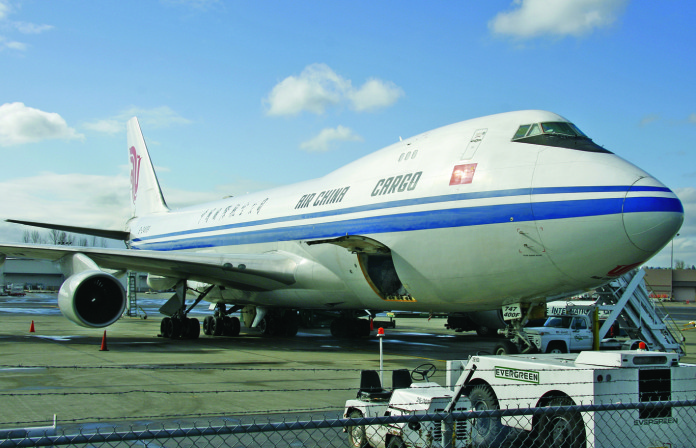

The slowdown in Asia Pacific continues as airlines in the region saw cargo volumes fall by 2.4 per cent in November due to slow international trade hitting manufacturing economies, according to the Association of Asia Pacific Airlines (AAPA).
This comes after the International Air Transport Association (IATA) forecasted in December that carriers in Asia Pacific will take a hit on the freight side of business in 2016. IATA said the region is “in the front line for the impact of continued weakness in cargo revenues”.
AAPA says demand in freight tonne kilometres (FTK) fell from 5.9 billion in November 2014 to just under 5.8 billion in the same month of this year. Capacity in available freight tonne kilometres (AFTK) increased by 1.8 per cent to 8.8 billion. The load factor fell by 2.9 percentage points to 65.7 per cent.
Between January and November this year, cargo volumes are still up by 1.8 per cent to 59.3 billion due to the US West coast seaport strike giving the start of 2015 an artificial boost.
So far this year AFTK has increased by 3.7 per cent to 93.1 billion while the load factor has fallen by 1.2 percentage points to 63.7 per cent.
AAPA director general, Andrew Herdman (pictured) says: “Growth in air cargo demand narrowed to a 1.8 per cent increase for the first 11 months of the year, dampened by the general slowdown in global trade.”
He says despite passenger services benefitting from strong demand due to low oil prices, cargo is not seeing these benefits. “The air cargo business is suffering from the effects of market weakness in major trading economies, signs of inventory overhang and excess capacity.”
“Overall, the region’s airlines are focused on responding appropriately to evolving patterns of market demand, whilst making efforts to increase operational efficiency and boost profitability,” Herdman adds.
The region had a strong start to the year but has declined in every month since June. In the first two months of 2015, volumes were up by 12.8 per cent to 9.9 billion, with FTKs increasing by 20.5 per cent to 4.8 billion in February, helped by strong demand for Asian exports, particularly to North America due to the US West coast seaport strike.
In March, April and May, the region saw year-on-year growth in each month, peaking at a 3.7 per cent increase in April to 5.3 billion. June was the first month to see a fall, down by 0.5 per cent to 5.3 billion.
This was followed by a bigger fall in July by 2.2 per cent because of slowing growth in China. The declines were slower in the following months, with September maintaining the 2014 level of 5.3 billion FTK.










